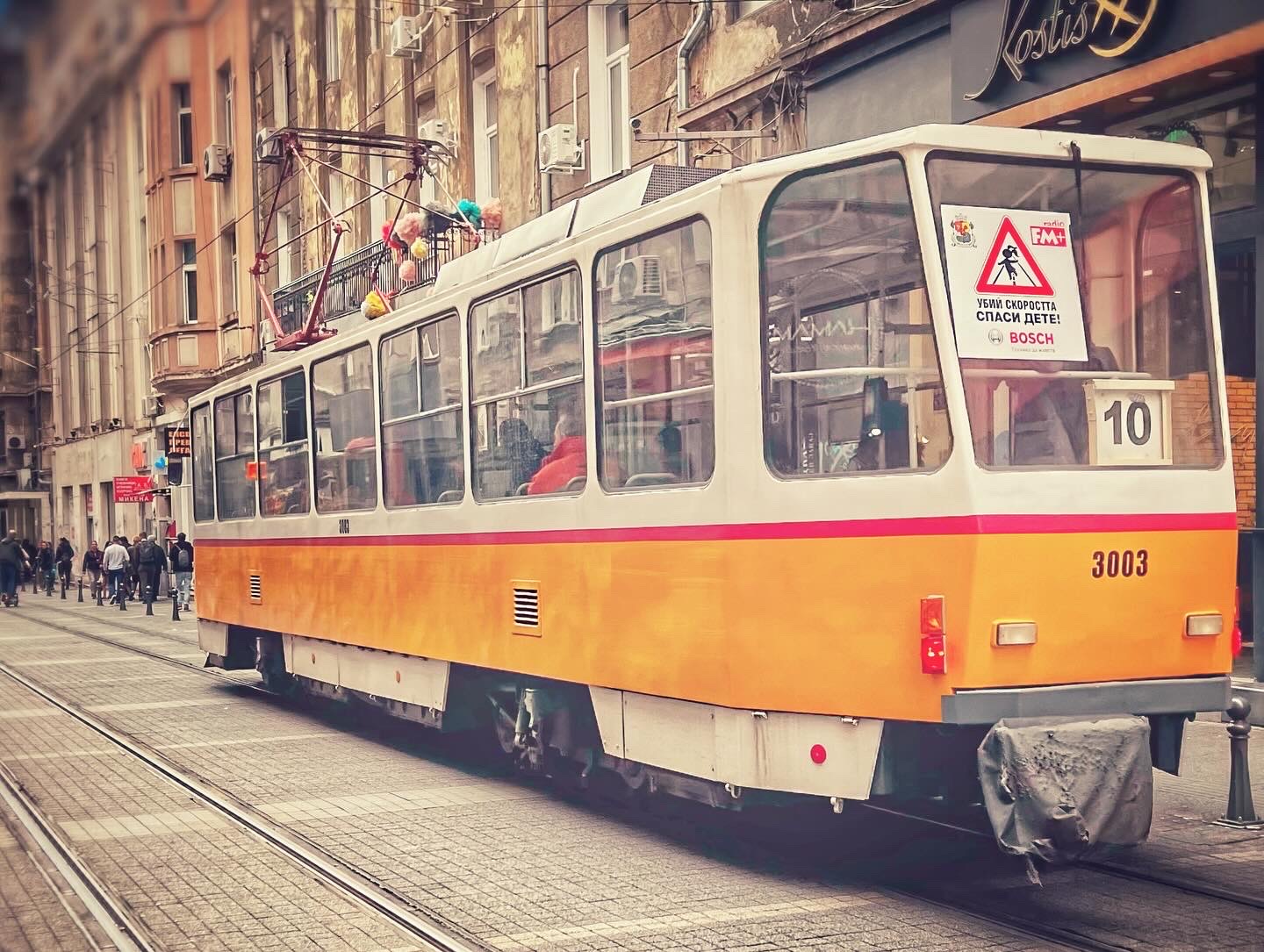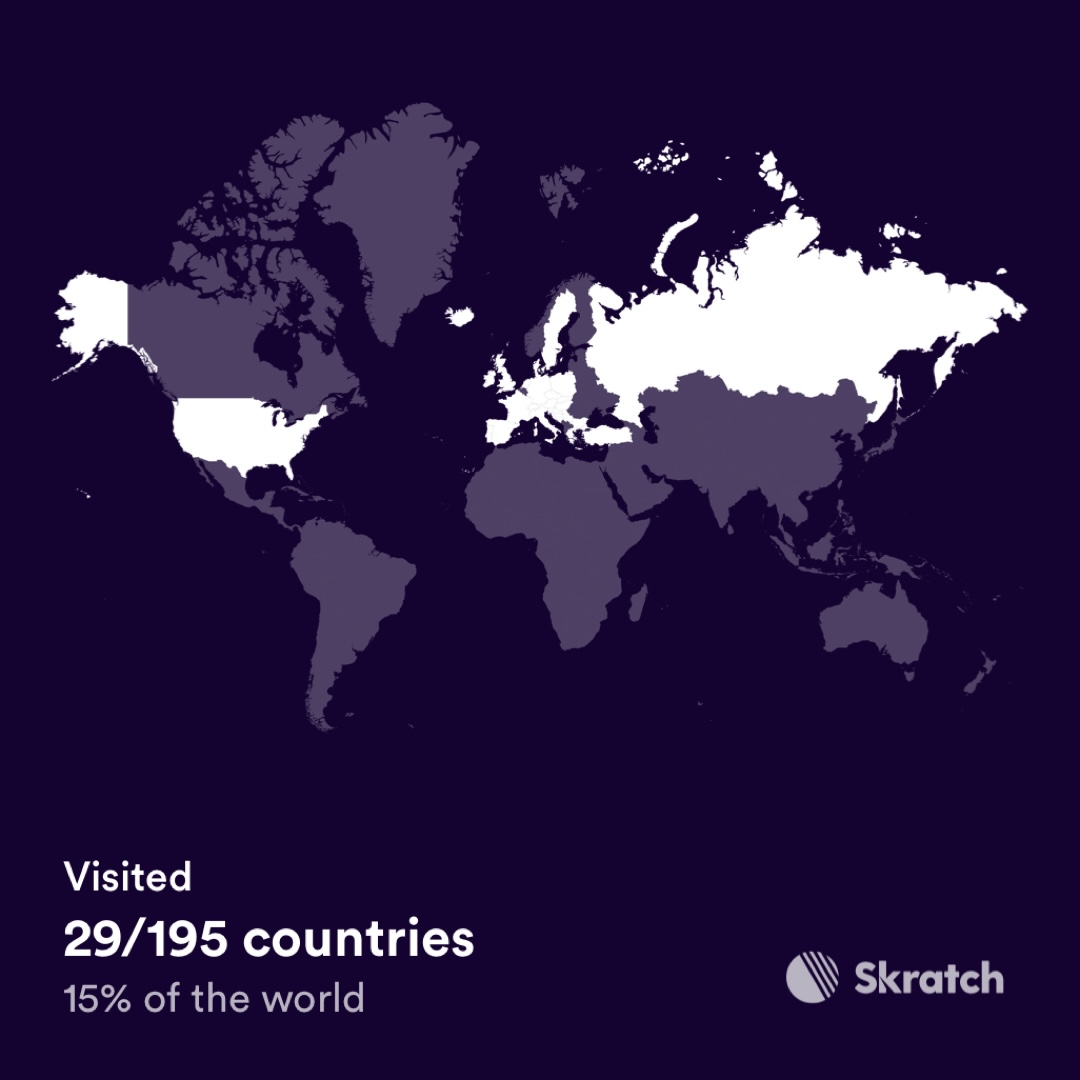Traveling with a backpack is the epitome of freedom and mobility. It allows you to go anywhere, from bustling cities to remote villages, without being weighed down by heavy luggage. Whether you’re planning a weekend getaway or a year-long adventure, knowing how to travel with just a backpack can make your trip easier, cheaper, and more enjoyable.
Here’s the ultimate guide to help you pack, prepare, and thrive while traveling with a backpack.
1. Choose the Right Backpack
Your backpack is the most crucial piece of gear when traveling light. Here’s what to look for:
• Size: The ideal size for most travelers is between 30L and 50L. Anything larger can become cumbersome, while smaller sizes might limit what you can carry.
• Comfort: Look for padded shoulder straps, a hip belt, and an ergonomic back panel. These features help distribute the weight, making the backpack easier to carry for long periods.
• Compartments: Choose a bag with multiple compartments to organize your gear. A separate compartment for your laptop, water bottle pockets, and easy-access front zippers can make your life much easier.
• Durability: You need a bag that can handle rough handling and varying weather conditions. Brands like Osprey, Deuter, or Patagonia are known for their rugged and reliable backpacks.
2. Pack Light but Smart
When traveling with a backpack, you can’t bring everything you own. Learning to pack efficiently is key. Here’s how to pack smart:
• Choose Versatile Clothing: Bring clothes that can be mixed and matched. Neutral colors work best because they’re easy to combine. Pack for layers rather than bulk – for example, a lightweight jacket instead of a heavy coat.
• Use Packing Cubes: Packing cubes are a lifesaver for keeping your backpack organized. They allow you to group items (like shirts, underwear, etc.) and access them easily without tearing everything apart.
• Limit Shoes: Shoes take up a lot of space. Stick to one pair of walking shoes and one pair of lightweight, foldable shoes (like sandals or flip-flops) for casual use.
• Minimize Toiletries: Transfer toiletries into travel-sized containers and pack the essentials. Remember that most places you stay will offer soap or shampoo, so don’t overpack.
• Roll, Don’t Fold: Rolling your clothes instead of folding them saves space and helps prevent wrinkles.
3. Embrace Minimalism
Traveling with a backpack encourages a minimalist mindset. It’s about focusing on essentials and leaving the rest behind. Consider these points:
• Ditch “Just in Case” Items: Only pack what you know you’ll use. It’s tempting to bring things “just in case,” but this often leads to unnecessary bulk. Most items can be purchased on the road if you truly need them.
• Digitalize What You Can: Instead of carrying books, guidebooks, or printed tickets, store everything digitally on your phone, tablet, or e-reader. Apps like Google Maps and Google Trips can help you navigate, while Kindle or Audible keeps your entertainment lightweight.
• Go Multi-Use: Items like a sarong can serve multiple purposes: beach towel, picnic blanket, scarf, or even a cover-up. Opt for multi-use gadgets, like a Swiss Army knife or a phone that doubles as your camera.
4. Pack for Comfort and Safety
Since you’ll be carrying everything on your back, comfort and safety are key:
• Balance the Load: Heavier items like electronics and toiletries should be packed toward the center of your back to help maintain your balance. Lighter items can go at the bottom and top.
• Keep Important Items Accessible: Your passport, wallet, and any other essential documents should be in an easy-to-reach but secure compartment, like a zippered pocket close to your body.
• Waterproof Your Bag: Rain can strike unexpectedly. Use a backpack rain cover or pack your gear in waterproof dry bags to keep everything dry.
• Travel Locks: Consider using a small lock on your backpack’s zippers for extra security in crowded areas like airports or bus stations.
5. Master the Art of Layering
When backpacking, the weather can change quickly. Packing the right layers helps you adapt:
• Base Layer: This should be moisture-wicking (like merino wool or synthetic fabrics) to keep sweat away from your skin.
• Mid Layer: Think of lightweight fleece or down jackets that provide insulation without adding much bulk.
• Outer Layer: A packable, waterproof jacket is essential for rain and wind protection. It should be lightweight and easy to fold into a small space when not needed.
6. Stay Organized on the Road
Once you’ve packed, staying organized throughout your trip is the next challenge:
• Unpack Strategically: When you arrive at your accommodation, only unpack the essentials. Keep everything else organized in your packing cubes so you can quickly grab what you need without creating chaos.
• Daily Essentials Bag: Keep a small, lightweight daypack for your daily excursions. Carry only the essentials, like a water bottle, camera, and some snacks, while leaving the bulk of your gear back at your accommodation.
• Stay Light and Adaptable: The beauty of backpack travel is the ability to be spontaneous. Keep your bag packed and ready so you can easily move to your next destination.
7. Adapt to Your Destination
Different destinations might require small changes in how you pack or travel:
• Cold Weather Destinations: If you’re headed somewhere cold, opt for packable down jackets and thermal layers. Don’t overpack bulky sweaters – choose one or two and layer up.
• Warm Weather Destinations: For hot climates, focus on breathable fabrics like cotton or linen. Bring a hat, sunglasses, and sunscreen for protection. A small, foldable umbrella can also provide portable shade.
• Remote Locations: If you’re going off-grid, ensure you have a small first aid kit, a flashlight or headlamp, and a power bank to keep your devices charged.
8. Learn to Do Laundry on the Go
When you’re packing light, you’ll need to wash your clothes regularly. There are a few ways to do this:
• Hostel or Hotel Laundry Services: Many budget accommodations offer laundry services or self-service washers.
• Hand-Wash: Bring a small travel laundry kit (a plug, a small detergent bottle, and a clothesline) to hand-wash clothes in sinks. Quick-dry fabrics are a must for this method.
• Laundry Mats: In many cities, you’ll find laundromats where you can wash your clothes at a low cost. It’s also a good opportunity to relax or chat with locals.
9. Stay Safe While Traveling with a Backpack
Traveling light doesn’t mean compromising on safety:
• Keep Your Backpack with You: Avoid checking your bag on planes if possible. If you must, use a lock and ensure all valuables are kept in a carry-on.
• Wear It in Crowded Areas: In busy cities or public transport, wear your backpack on the front to avoid theft.
• Be Cautious at Border Crossings: These can be prime spots for pickpockets or scammers. Keep your documents secure and your backpack within sight.
10. Embrace the Freedom of Backpack Travel
Traveling with a backpack gives you an unparalleled sense of freedom. You can hop on and off buses, trek up mountains, or explore hidden streets without worrying about dragging heavy suitcases. The simplicity of carrying everything you need on your back makes it easier to focus on what truly matters: the experiences, people, and places you encounter along the way.
Final Thoughts
Backpacking is more than just a method of travel – it’s a lifestyle. It forces you to simplify, adapt, and stay open to new experiences. With the right approach, traveling with a backpack can lead to some of the most rewarding and memorable adventures of your life.

